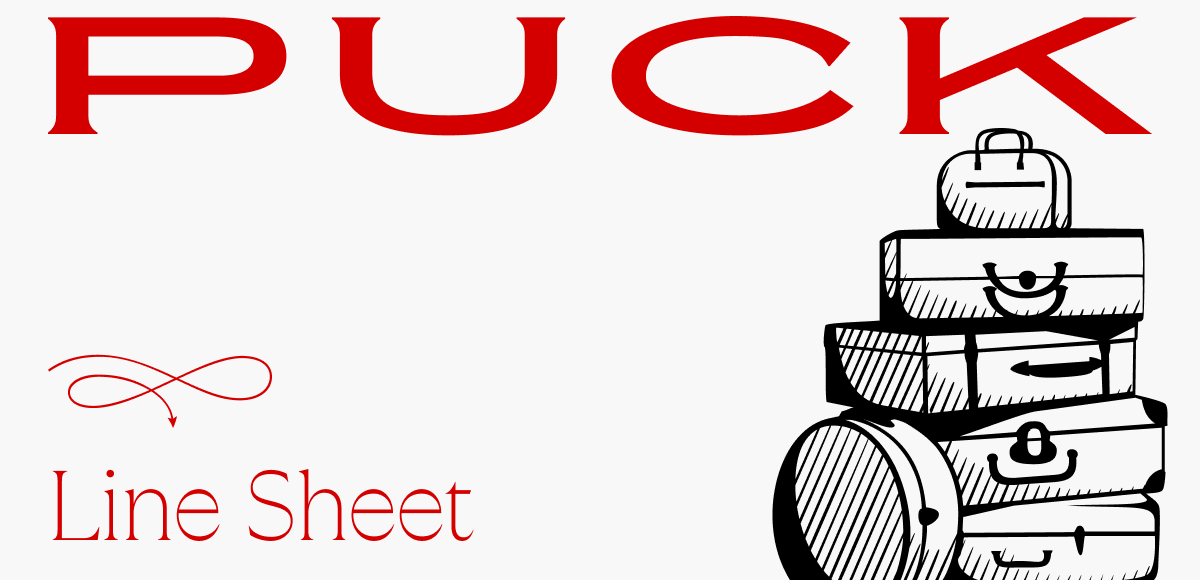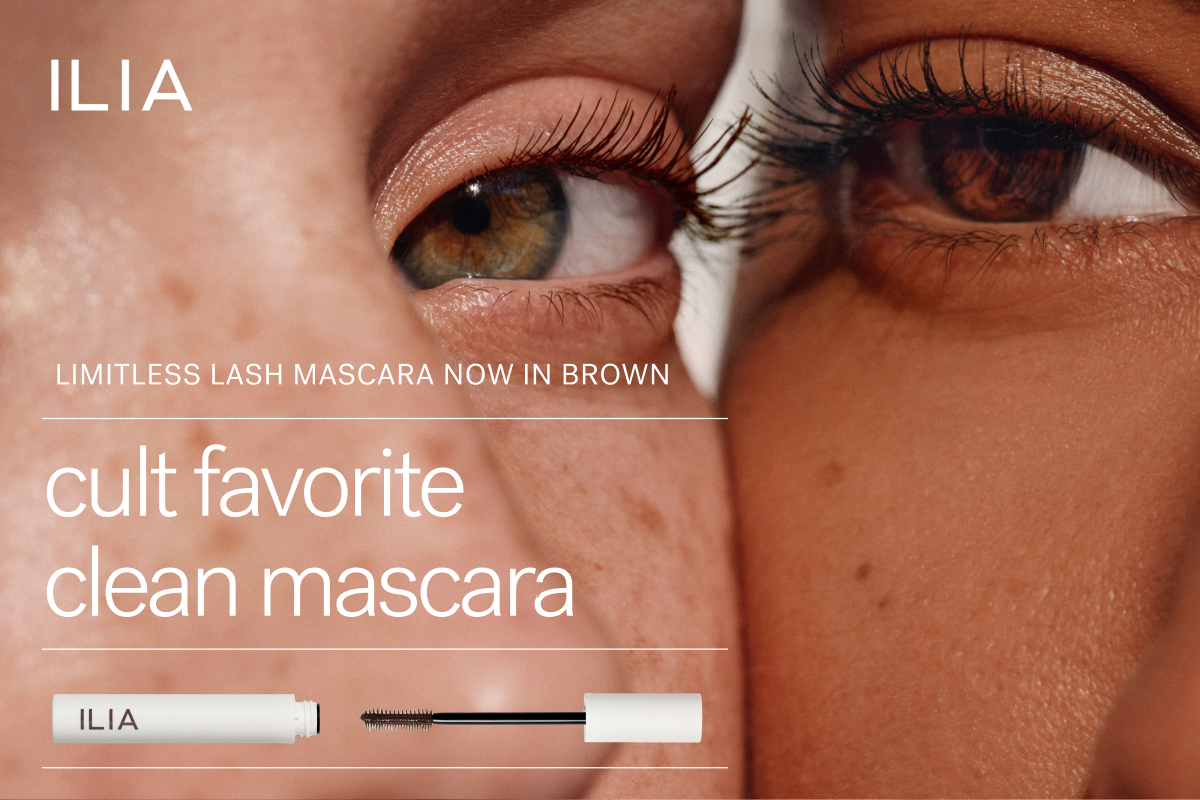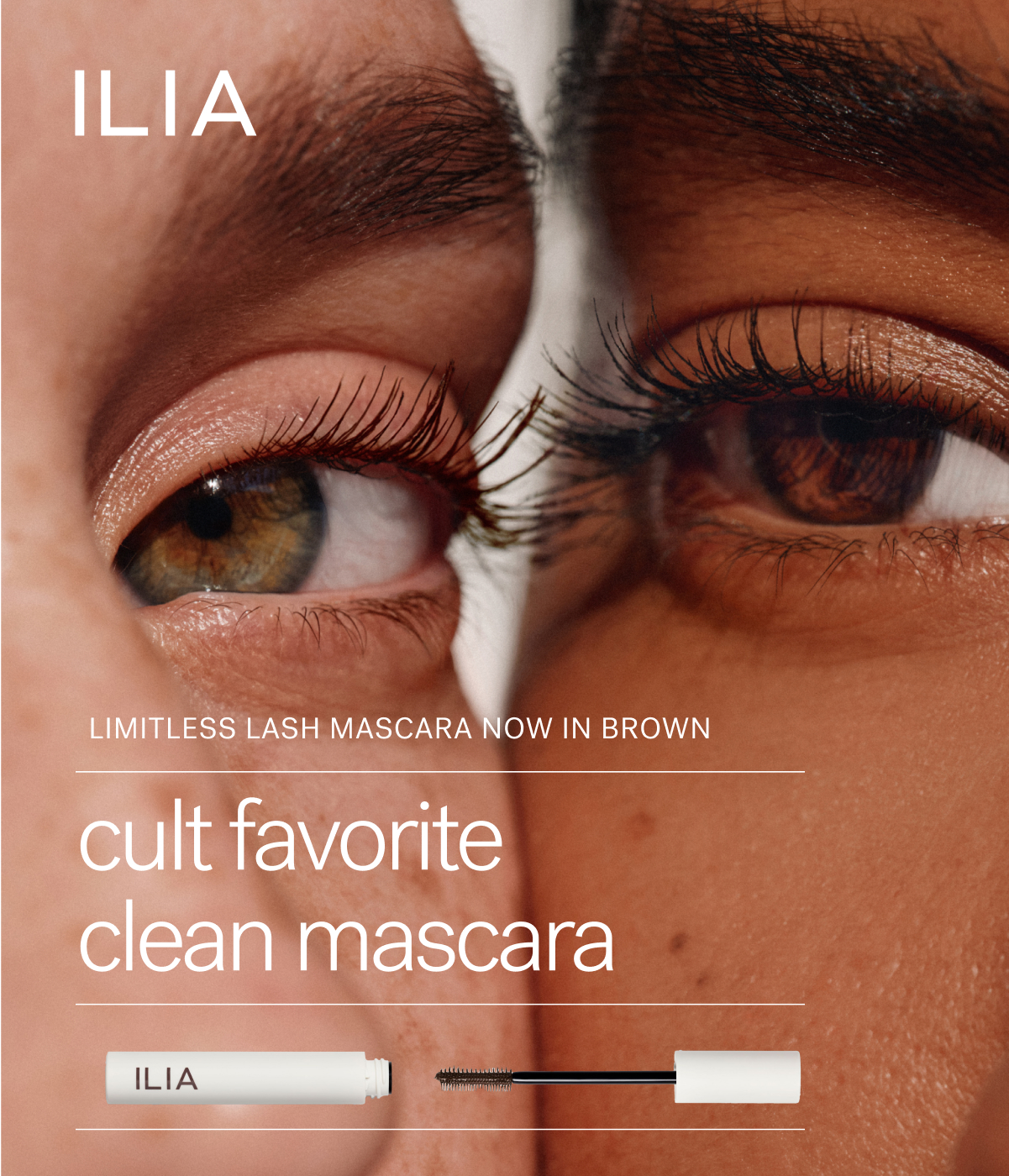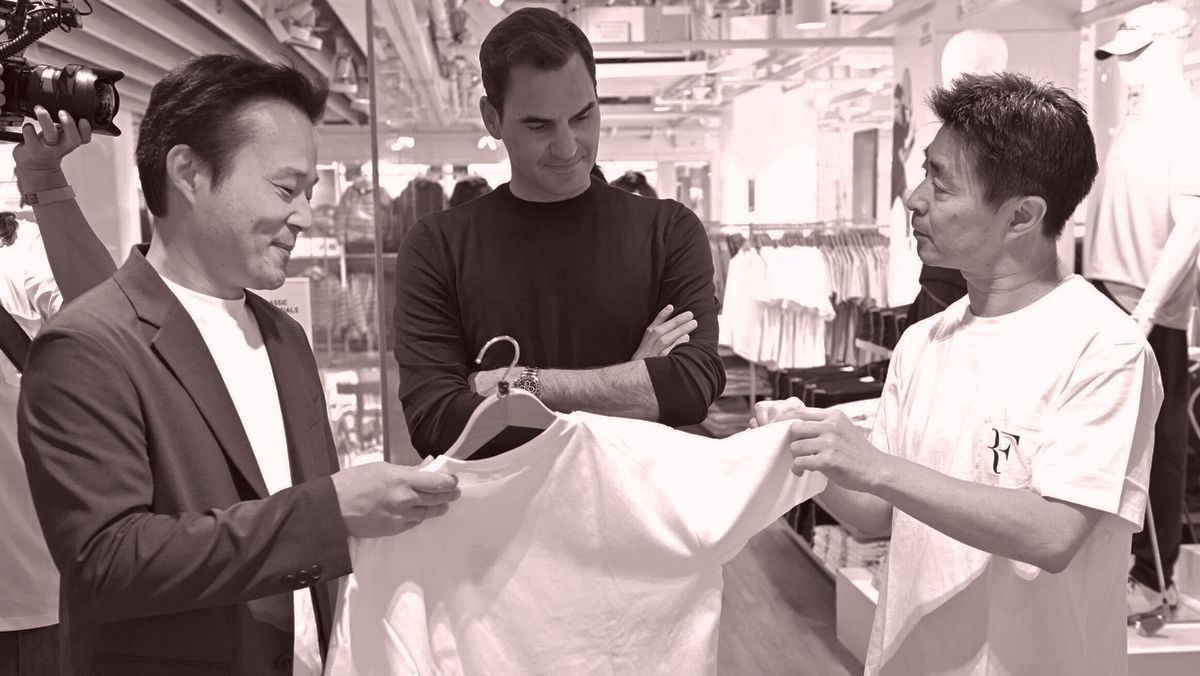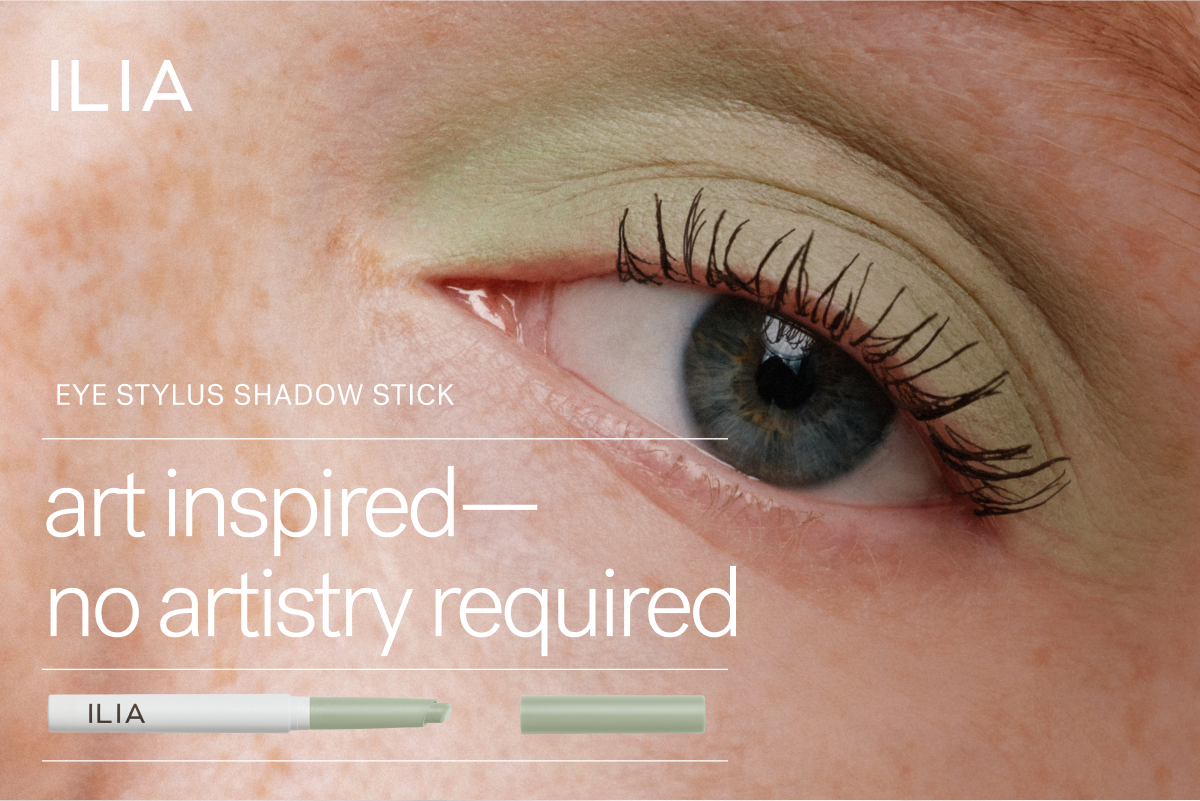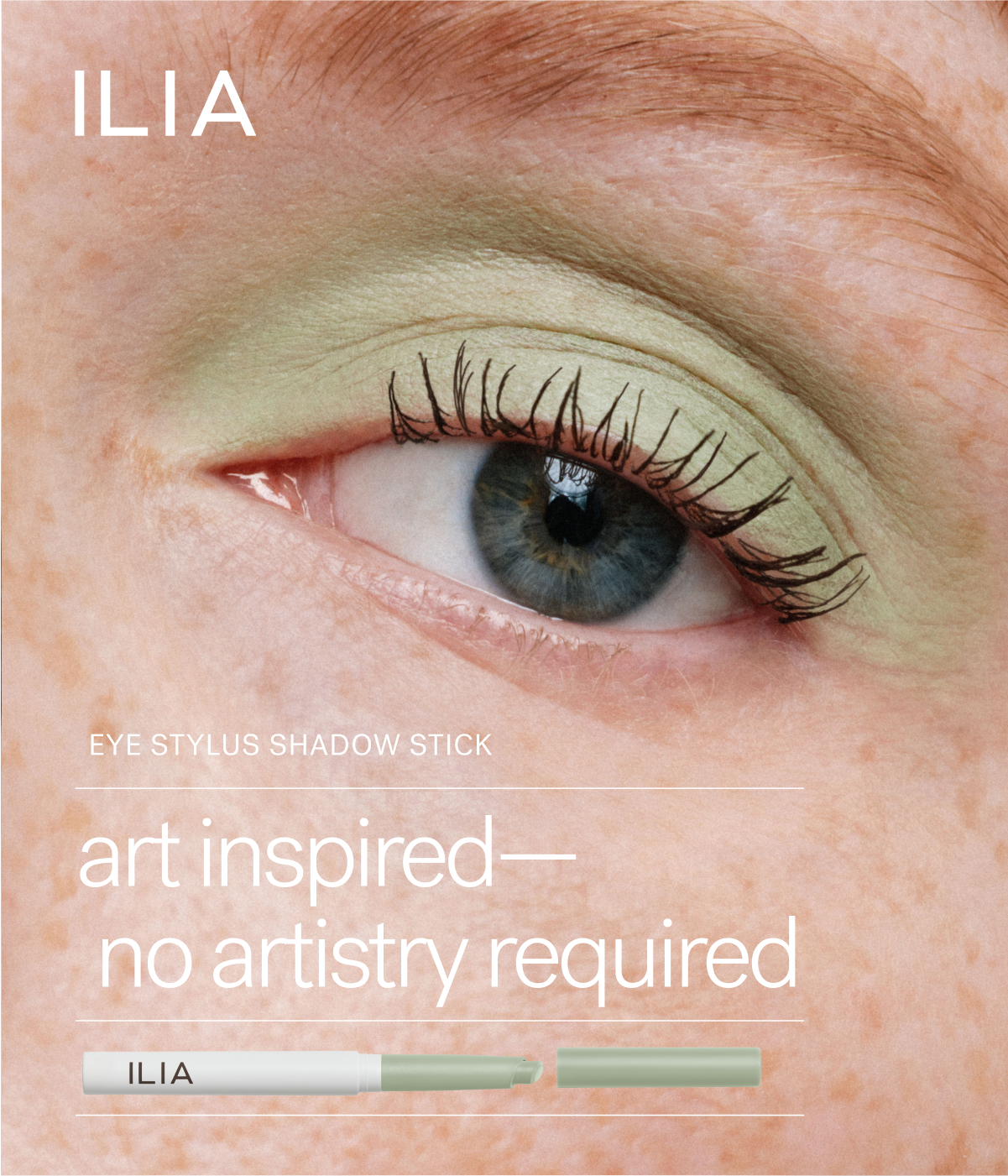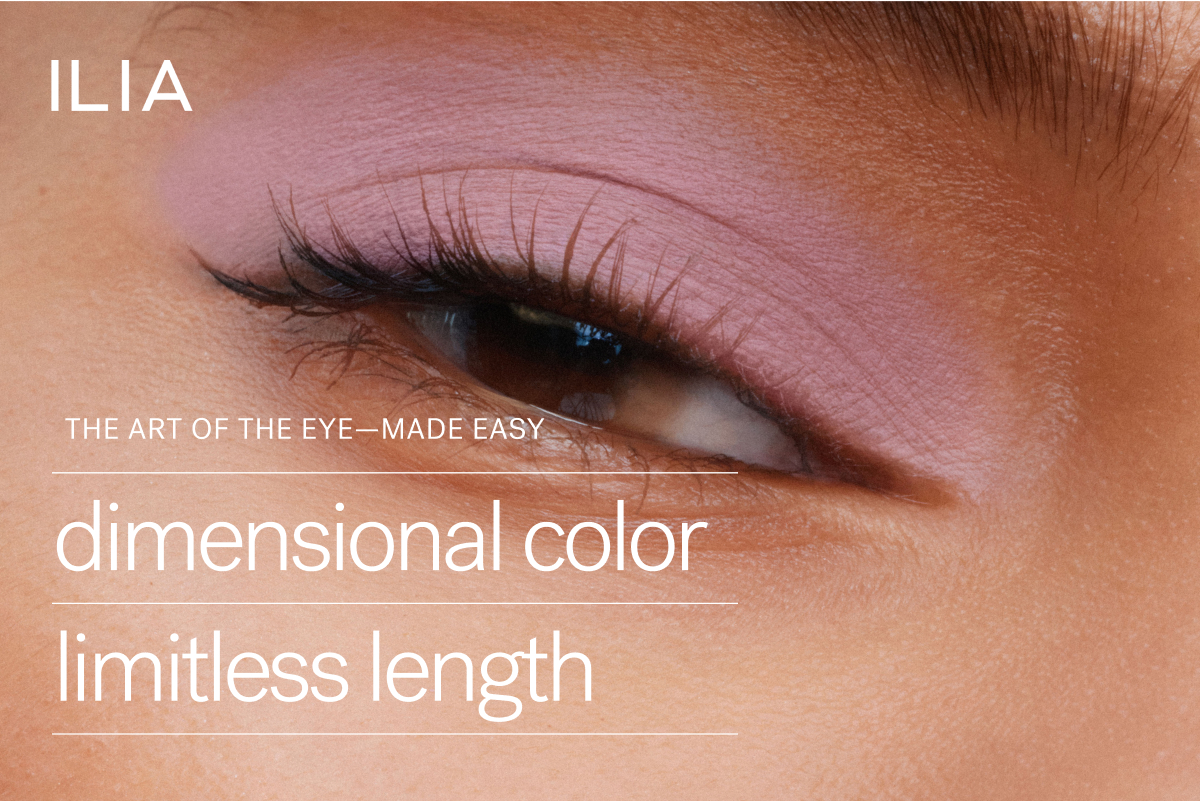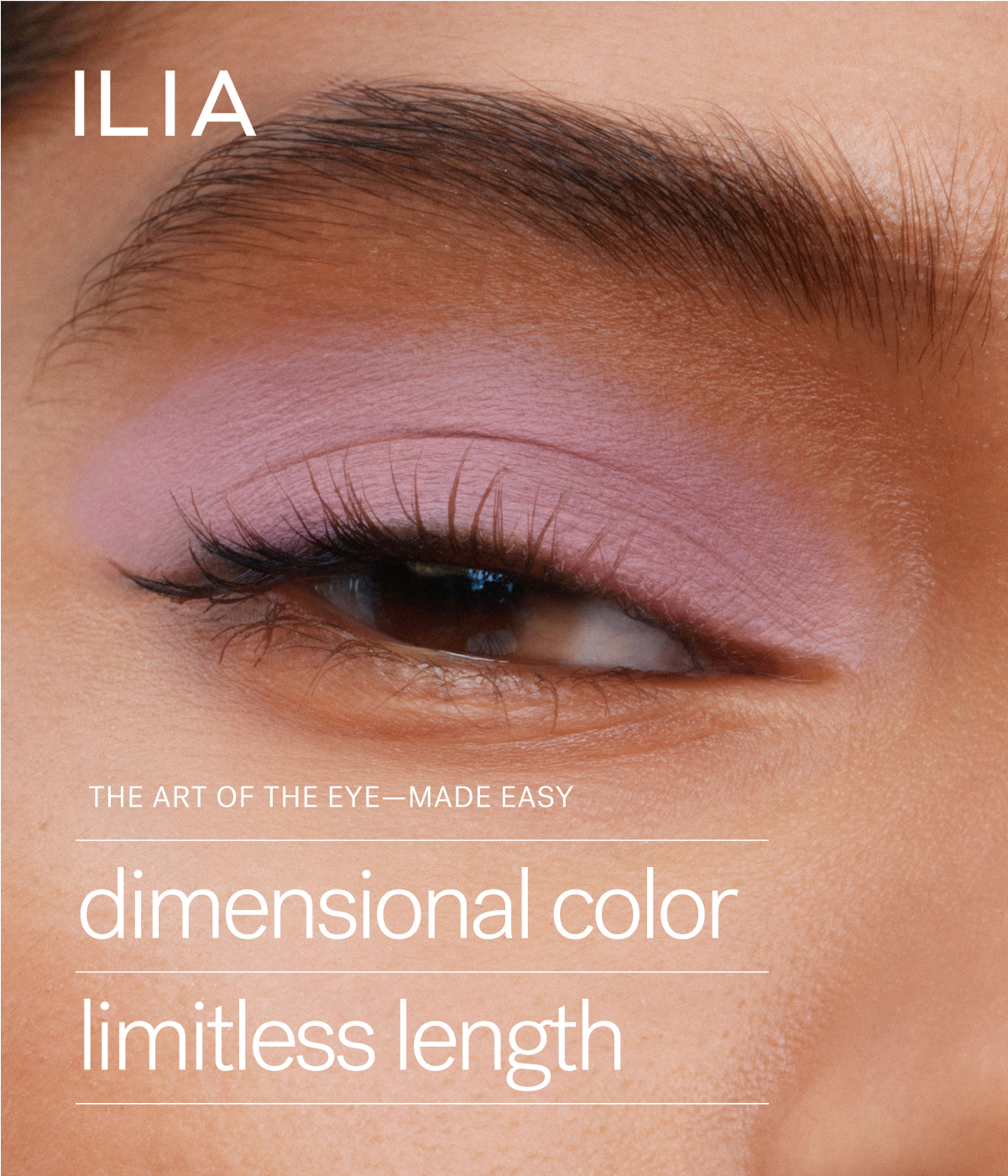Hi, and welcome back to Line Sheet. It’s the first day of Q2. We don’t celebrate April Fools’ Day
here, and if you send me any “joke” tips, I will banish you from my good graces until the end of eternity.
I know you’re all freaking about tariffs. It’s scary. More this week as things develop. But today, I’m not going to feed you a load of useless information that may be totally inconsequential tomorrow. Instead, Sarah “SShapiro@puck.news” Shapiro is in the driver’s
seat, explaining why we all love Uniqlo despite the extreme annoyingness of its website. She also has an update on the Thirteen Lune front. Meanwhile, those open head counts at WSJ. have been filled, and I’ve got the scoop on who they hired and who they didn’t.
Programming note: I had the honor of joining my good friend (and fellow Sofia Coppola expert) Amanda Dobbins on her very popular podcast, Jam Session, today. Not sure if
this all made the final cut—we talked for a long time!—but if you’re interested in Meghan Markle’s ShopMy edit, Sydney Sweeney’s dress at Glen Powell’s sister’s wedding, Victoria Beckham mascara, Shailene
Woodley and Lucas Bravo, Graydon Carter’s book, and a lot more on the business ventures of the Montecito royals, please tune in here.
Mentioned in this issue: Uniqlo, Daisuke
Tsukagoshi, Clare Waight Keller, Vogue, Willow Lindley, WSJ., Sarah Ball, Matteo Mobilio, Thirteen Lune, Isabel Marant, Olivia Rodrigo, Liberation Day jitters, LVMH, and many more…
|
|
|
A MESSAGE FROM OUR SPONSOR
|
With 25,000+ 5-star reviews, best selling
Limitless Lash Mascara has been a cult favorite for years—and now we’re building on the love with a new brown shade inspired by the sky before
daybreak.
Whether you choose black or brown, Limitless Lash lengthens and lifts without clumping—then resists flaking and smudging for up to 12 hours. With every swipe of the dual-sided wand, powerful lash care ingredients strengthen like a lash serum. Safe for sensitive eyes, it removes easily with warm water—no scrubbing needed.
Try award-winning Limitless Lash and
take 15% off your first purchase with code LINESHEET on ILIAbeauty.com.
|
|
|
A Couple Things You
Should Know…
|
- Whoa,
Willow!: You don’t often hear about people defecting from Vogue these days—mostly because there really aren’t many jobs as illustrious in traditional media. Also, the culture at Vogue is pretty good; it’s not the mean girls you-can’t-sit-with-us situation one might expect, which is actually more prevalent at lesser magazines. As in any work environment, people can be awful, but Vogue is generally a convening ground for type A fashion aficionados. It’s
inarguably the best place to work at Condé Nast other than The New Yorker.
So I was somewhat surprised to hear that Willow Lindley, the market editor and longtime Anna Wintour lackey, will be heading over to WSJ. for the coveted style director job that opened up a few months ago when Sarah Ball rejiggered the masthead. I say “lackey” with affection: Lindley is an integral part of the Vogue machine and
does a lot of the back-and-forth and celebrity management around the various Vogue events, like the Met Ball and Vogue World. But WSJ. offered something better: the opportunity to jump up the org chart, rather than waiting a decade or more for her turn at Vogue.
Anyway, I see what Ball is doing here. Lindley has the advertiser relationships once held by Elisa Lipsky-Karasz at WSJ., and she’s presumably a tad cheaper. In her note to
staff, Ball called out Lindley’s live event experience in particular. So if you didn’t get this job (a lot of you applied), just know that Lindley’s combination of experience is hard to beat.
Meanwhile, Ball also announced a new head of creative, Matteo Mobilio, effectively replacing former creative director Magnus Berger, who left when Ball took over from his significant other, Kristina O’Neill, in 2023. Like Ball, Mobilio is a
GQ vet, but it’s his experience under New York photo director Jody Quon—a legend in this beloved but receding civilization—and, more recently, his vision for Highsnobiety that surely won him this gig. (You can see that the visuals at Highsnob are a huge reason why editor Willa Bennett was so successful there.) Ball also noted that Sam Schube, another GQ alum, was on board to cover menswear in the absence of
Jacob Gallagher, although you already knew that if you read Line Sheet (or follow Schube on Instagram).
While people on staff were encouraged to apply for these jobs, I’m not shocked that Ball went outside. She inherited a team when O’Neill was fired,
and this was her chance, after two years, to set the publication up in her image. Reading between the lines with these hires, it seems like Ball is thinking of WSJ. as more of a pop culture publication that covers fashion than a fashion magazine that acknowledges the existence of pop culture. (Remember, her jobs before this were at GQ and Vanity Fair.)
- Sarah on creative expense accounting: The fashion investors and
founders in my DMs are abuzz over the T&E mini-scandal at Thirteen Lune, the beauty and skincare retailer I wrote about last week. The question on everyone’s minds: What constitutes a legitimate business expense for a retail startup founder? Would Taylor Swift tickets, cellulite removal treatments, or a trip to celebrate your daughter’s college
acceptance qualify? For Thirteen Lune co-founder Nyakio Grieco, these submitted expenses became contentious line items as company revenue reportedly plummeted from $24 million to $7 million and its investors began to take a closer look at the books. Grieco’s attorney told me that “Ms. Grieco did not embezzle funds or commit financial fraud at Thirteen Lune. She strongly denies these allegations. We look forward to defeating plaintiffs’ defective claims at the earliest possible
opportunity.”
The founders and investors I spoke to were not divided in their opinions. Some expenditures occupy clear business-expense territory even if they appear frivolous: glam for founders who are also influencers or make regular public appearances, Netflix and Apple TV+ subscriptions, and vitamin supplements, to name a few. (Personal travel, not so much.) One beauty investor who was in talks with Thirteen Lune during its seed round fundraising in 2023 spotted two red flags during
the diligence process: First, the company’s main source of revenue came from JCPenney, the struggling retail chain in which Thirteen Lune opened some 600 shop-in-shops in 2022. (This was after Sephora didn’t renew their contract with JCPenney, bolting for Kohl’s instead.) The second was questionable executive spending. —Sarah Shapiro
|
And now for the main event…
|
|
|
The Japanese fast retailer does almost everything right, with updated classics from top
fashion talent at insane prices. But their online experience is still clumsy and dense, hamstrung by a digital divide between East and West. With hundreds of new stores opening in North America, will an e-commerce reboot be part of the expansion?
|
|
|
During the past decade, Uniqlo has become the fashion person’s de facto basics brand of choice for
ostensibly obvious reasons. Not only has the company hired and partnered with some of the world’s top designers (Christophe Lemaire, Jonathan Anderson, and most recently Clare Waight Keller), but the wares are actually good. The fabrics are always nice, the technical gear works, and billionaire founder Tadashi Yanai has seemingly succeeded in his goal of creating a modern version of the Gap. Unlike other disposable fast
fashion competitors, Uniqlo built its business around perfecting timeless basics (the Japanese way) rather than chasing seasonal trends. Now, the company is planning to further penetrate the U.S., expanding to 200 total North American stores and tripling their footprint by 2027.
And yet despite this ambition, the company’s neglect of their digital storefront has long been a source of frustration in the U.S. Customers complain that they can’t find the products, that it’s hard to
differentiate between different lines (like Waight Keller’s Uniqlo C or Lemaire and Sarah-Linh Tran’s Uniqlo U), and even that some sought-after collections have been buried on the site. And then there are the confusing interfaces, navigational flaws, and counterintuitive design preferences,
all of which lead to abandoned purchases and unnecessary friction.
|
|
|
A MESSAGE FROM OUR SPONSOR
|
Makeup is a medium—let your lids be your canvas. Paint your point of view
with new Eye Stylus Shadow Stick, a waterproof, crease-resistant eyeshadow that lasts for up to 12 hours.
With the versatile angled tip, it’s easy to be playful or precise. Use the flat side for a wash of all-over color, or the edge
to line and define. Choose from 20 hues inspired by Renaissance paintings—they’re made to mix, match, and create your own unique look.
Use code LINESHEET for 15% off your first purchase on ILIAbeauty.com.
|
|
|
Of course, customers can (and often do) complain about anything involved in the retail experience, but most
of the industry analysts I follow agree that this is an unacceptable pain point for a company with more than $20 billion in annual revenue. After all, Uniqlo has only 74 stores in North America—most would-be shoppers are wholly reliant on the company’s website.
Ironically, the Japanese quality that has made the brand’s merchandise so appealing in the U.S. may have inadvertently created a cultural barrier online. One former Google UX consultant who worked with the brand told me that the
U.S. team is limited by the site infrastructure they’ve inherited from management in Japan, and that they have limited control and flexibility in terms of site architecture and design. While American shoppers loathe densely packed information and floating elements, Japanese customers prefer to shop this way online. I’m told that despite their recommendations, the U.S. digital team is consistently hitting roadblocks with Japan-based technical teams that prioritize global consistency over regional
needs. (Notably, Amazon has more than two dozen different regional sites.) The result is a digital experience that works against American online shopping preferences for discoverability, quick cart building, and a seamless “guest” checkout that doesn’t require an email sign-in.
|
Uniqlo’s product potential in the U.S. is clear: North American shoppers have already shown a desire for the
retailer’s basics at sharp price points. And fashion insiders like Becky Malinsky and Nikki Ogunnaike, for example, regularly highlight Uniqlo’s standout items. But it shouldn’t be easier to
buy Uniqlo products through an influencer’s affiliate link than Uniqlo’s own homepage. If there’s a silver lining here, though, it’s the untapped upside available by simply fixing the site.
Other missed opportunities abound. Uniqlo consistently sells out their Heattech line and affordable puffers long before winter even sets in—Google Trends data lists these as the second-most-searched Uniqlo
products in the U.S.—and yet the Uniqlo website doesn’t offer any restock information or notification system. Similarly, while collabs drive significant interest, with “Uniqlo JW Anderson” as the top trending search term, actually finding these gems requires determination (at least outside of the brick-and-mortar stores). The absence of any kind of “complete the look” recommendation engine,
which can increase basket size, means Uniqlo is leaving money on the table.
What baffles me the most is how easily Uniqlo’s digital issues could be fixed. I’ve spent a lot of time working in site merchandising, and I was surprised when an inside source shared that Uniqlo did not rely on A/B testing, a standard practice in e-commerce. Most retail sites run weekly tests of messaging and design. Even a 1 percent improvement would translate to a sizable revenue increase. They could make great
strides with other simple improvements, too, like the aforementioned discovery tools, removing floating navigation buttons, and prioritizing in-stock items. While competitors constantly refine their digital experiences, Uniqlo’s U.S. site remains largely unchanged.
|
|
|
Despite those challenges, Uniqlo’s brick-and-mortar expansion is promising. In 2023, Uniqlo North America
C.E.O. Daisuke Tsukagoshi explained how physical stores are central to Uniqlo’s strategy because they allow consumers to really engage with the product. And the North American market is still significantly underdeveloped relative to Japan. When Uniqlo finally
modernizes online shopping to match their products, I think they’ll capture the American consumer they’ve been chasing all along.
|
Isabel Marant is really doing it. As I wrote previously, interest in the very Parisian label has continued to
steadily climb in the past year with Gen Zers and Alphas, as her branded sweatshirts and hats become “It” items. Now, Marant is dressing generational talents like Olivia Rodrigo, who wore a custom sequin bodysuit created by the designer on her Guts tour in Brazil. [Instagram]
Lauren will have more on this later in the week, but Le Monde did a nice job outlining some of the increased tension between LVMH, the Arnault family, and Donald Trump as April 2—the tariffs-travaganza that the administration is calling “Liberation Day”—approaches. [Le Monde]
It’s no secret that La Samaritaine, the Right Bank department store that LVMH spent something like 15 years refurbishing, has struggled to find an audience since its reopening in 2021. Now, as Lauren and others previously reported, the group has separated it from DFS (its duty-free
shops division, which it’s trying to sell) and put it under the same leadership as its world-renowned Left Bank department store, Le Bon Marché. [Fashion Network]
Serbian designer Roksanda Ilinčić, who shows at London Fashion Week, is often underrated in the grand scheme of fashion. Her
collaboration with & Other Stories, which hits stores in May, will give high street shoppers a taste of her monochromatic, voluminous approach to dressing. [Instagram]
Spanx founder Sara Blakely is having trouble trademarking “Sneex,” the name for her stiletto sneakers. The
U.S. Patent and Trademark Office rejected her application, they say, because the name is too close to another brand called Sneak that mostly sells energy drinks, but also some merch. [Retail Dive]
|
Until tomorrow,
Lauren
P.S.: We are using affiliate links because we are a business. We
may make a couple bucks off them.
|
|
|
Need help? Review our FAQ page or contact us for assistance. For brand partnerships, email ads@puck.news.
You received this email because you signed up to receive emails from Puck, or as part of your Puck account associated with . To stop receiving this newsletter and/or manage all your email preferences, click here.
|
Puck is published by Heat Media LLC. 107 Greenwich St, New York, NY 10006
|
|
|
|
